
Present Tense Any Trouble
Forming the third person singular Most of the time, the simple present tense is the same as the verb's infinitive (aka base) form. The third person singular is used when the subject is neither the speaker nor the person being addressed and is a singular noun or pronoun (e.g., "he," "she," "it"). To form the third person singular in the simple present tense, "-s" is usually.
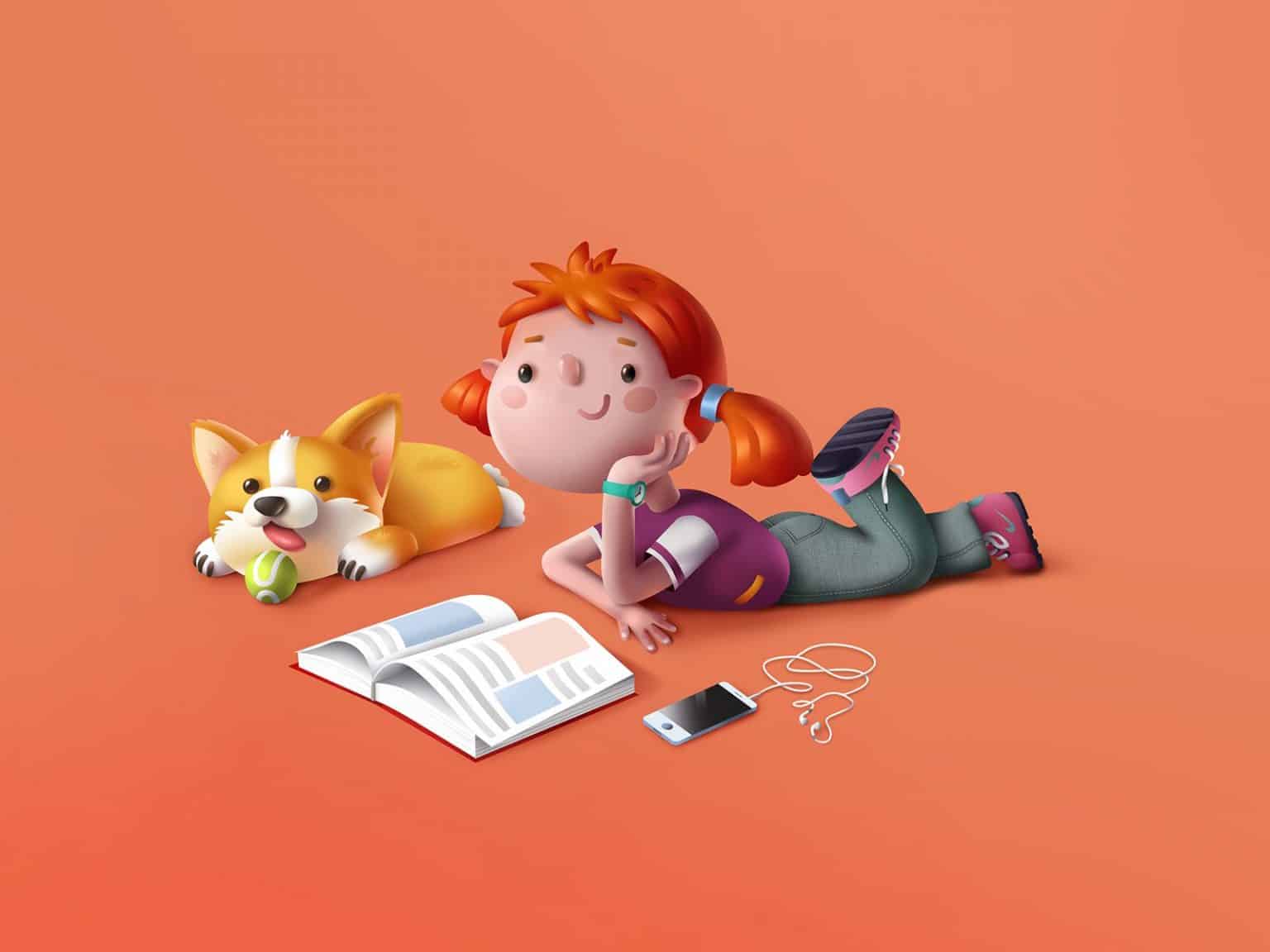
struktur present continuous tense Archives Saintif
Simple present tense also called present indefinite tense, is used to express general statements and describe usual or habitual actions. In simple words, we can say that the simple present tense is used to describe routine acts. Formula. Its formula is very simple as only base form of verb is used.
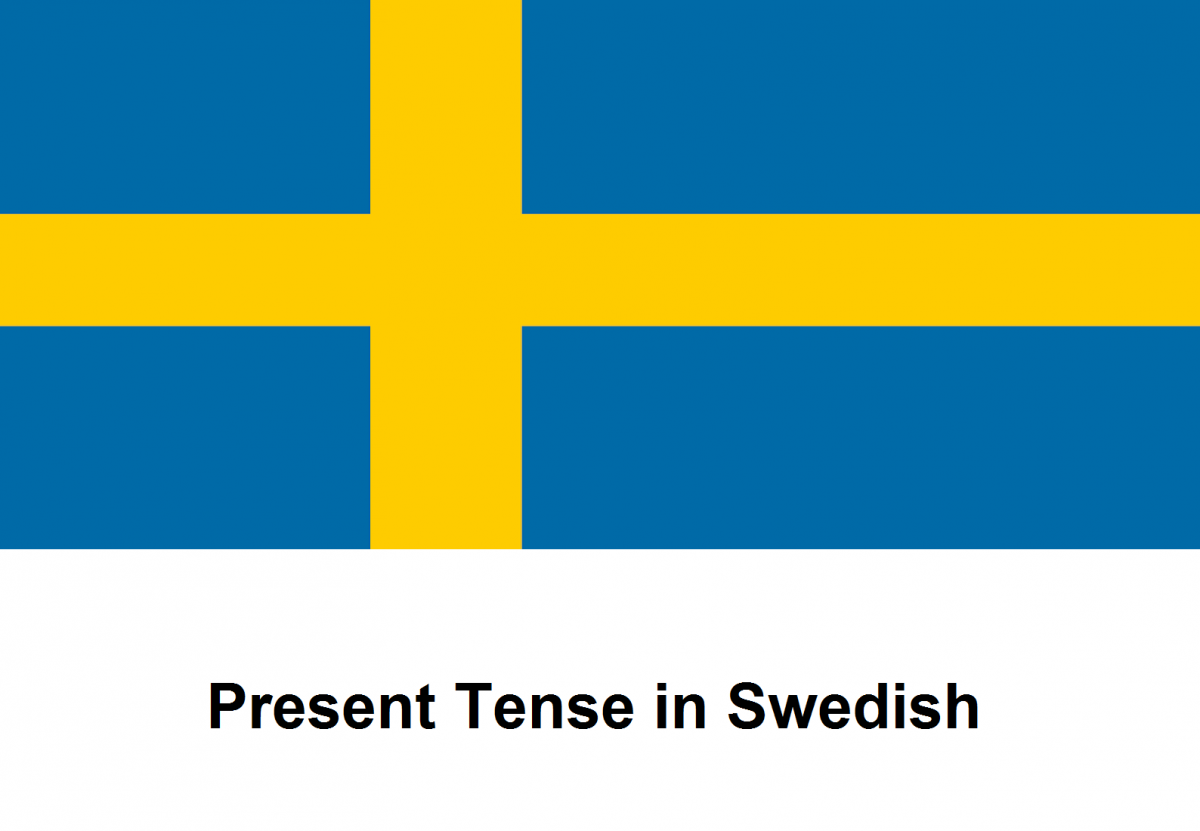
Swedish Grammar Present Tense
The simple present tense is employed in a sentence to represent an action or event that takes place or just happened in the given context at the present moment. The simple present is also called the present indefinite tense. Definition of Simple Present Tense

Present Tense Supergirl, Legend of tomorrow, Superman
The simple present (also called present simple) is the basic present tense in English. It expresses facts, sequential and repeated actions and timetabled future events. It is one of the most commonly used tenses in the English language.
Present tense
The Present Simple Tense Perfect English Grammar Also called the simple present tense Download this explanation in PDF here. We need to use the Present Simple a lot in English, so it's really important to understand it well. Many students have problems with the form (or how to make it).
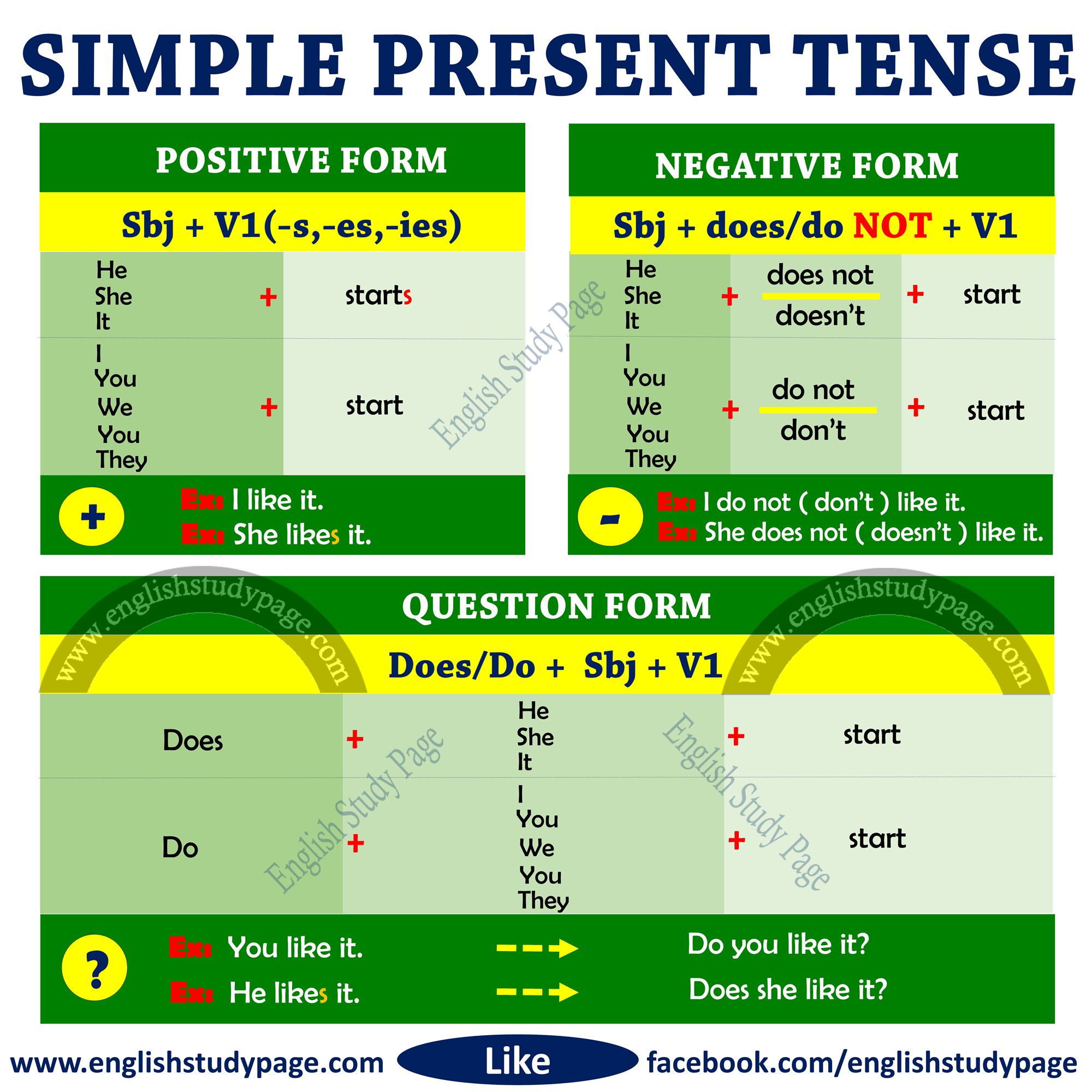
Structure of Simple Present Tense English Study Page
The simple present tense is an English verb tense used to describe facts and habits, to describe scheduled events in the future, and to tell stories. Here are two easy examples of each usage: (1) Simple present tense to describe facts and habits. Alan walks the dog every morning. He plays chess.

PresentTense Verbs online presentation
43K 2.1M views 3 years ago Grammar Targets Learn all about the simple present verb tense in this Ellii grammar video! This clear explanation will help you understand when and why to use simple.

Present Tense YouTube
The simple present (also called present simple or present indefinite) is a verb tense which is used to show repetition, habit or generalization. Less commonly, the simple present can be used to talk about scheduled actions in the near future and, in some cases, actions happening now.

PRESENT TENSE Quizizz
The simple present tense is really just a verb tense that indicates an action is currently happening or is regularly occurring. You can use the verb as it is or add suffixes like "-e" or "-es'" based on some simple rules. The simple present tense is usually used with the adverbs always, never, and sometimes.

Present tense YouTube
The Simple Present Tense is used to describe actions that are happening right now, habitual actions, general truths, and future events. It is one of the most basic tenses in the English language and is also known as the Present Simple or Present Indefinite. Formation of Simple Present Tense
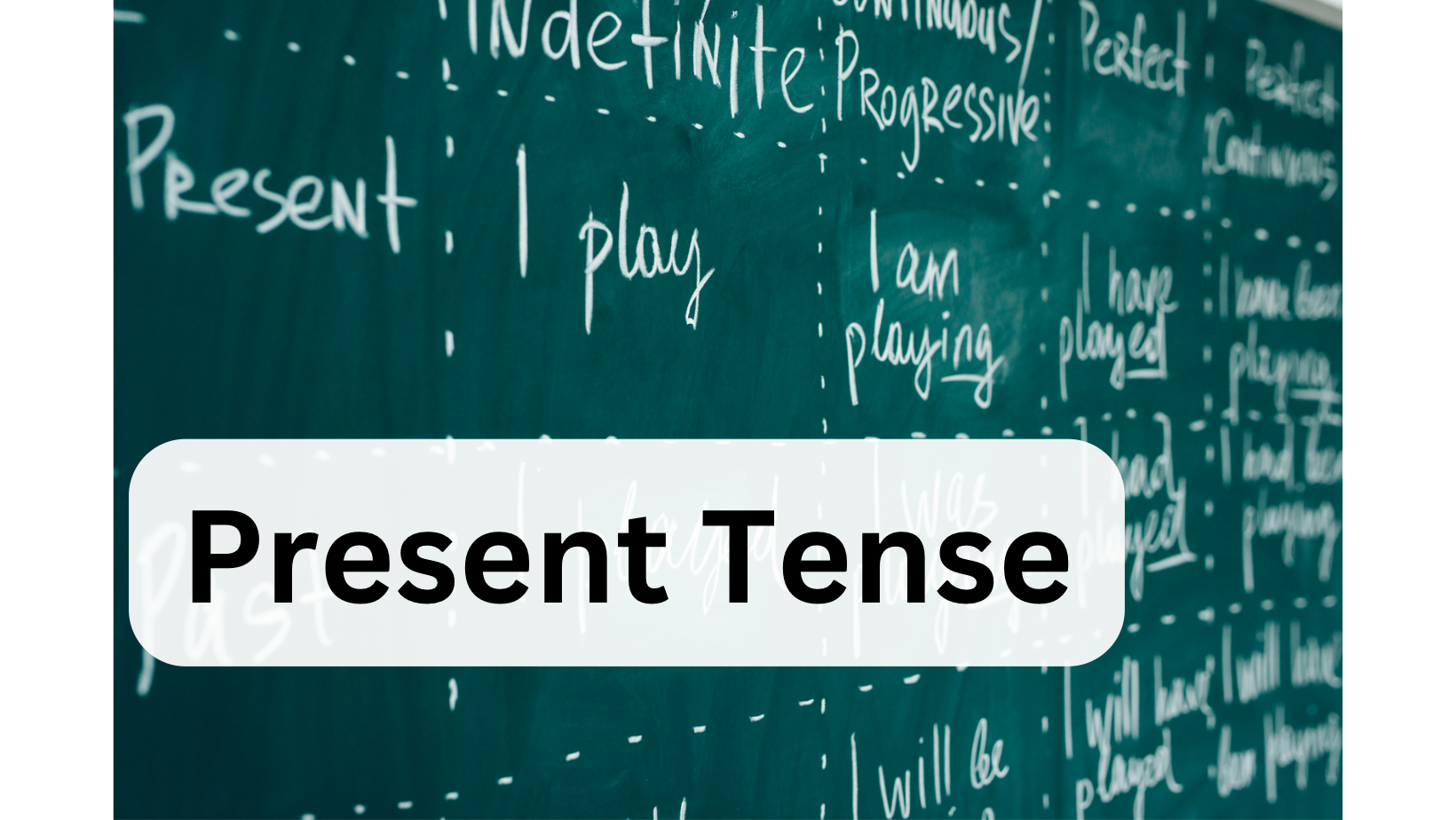
Present Tense of Verbs Civil Service and PRC Board Exam Online Review
The simple present tense is one of several forms of present tense in English. It is used to describe habits, unchanging situations, general truths, and fixed arrangements. The simple present tense is simple to form. Just use the base form of the verb: (I take, you take, we take, they take) The 3rd person singular takes an -s at the end. (he takes, she takes)

PRESENT TENSE YouTube
English Grammar Verbs Present tense Present simple Present simple Level: beginner The present tense is the base form of the verb: I work in London. But with the third person singular ( she / he / it ), we add an -s: She works in London. Present simple questions Look at these questions: Do you play the piano? Where do you live?

present tense part 1 YouTube
The simple present tense is a verb form used to talk about habits, unchanging situations, facts, and planned events in the near future. The simple present tense of most verbs is the infinitive form (e.g., "sing"). However, the third person singular (e.g., "he," "she," and "it") takes an "s" at the end of the verb (e.g., "write" becomes "writes").
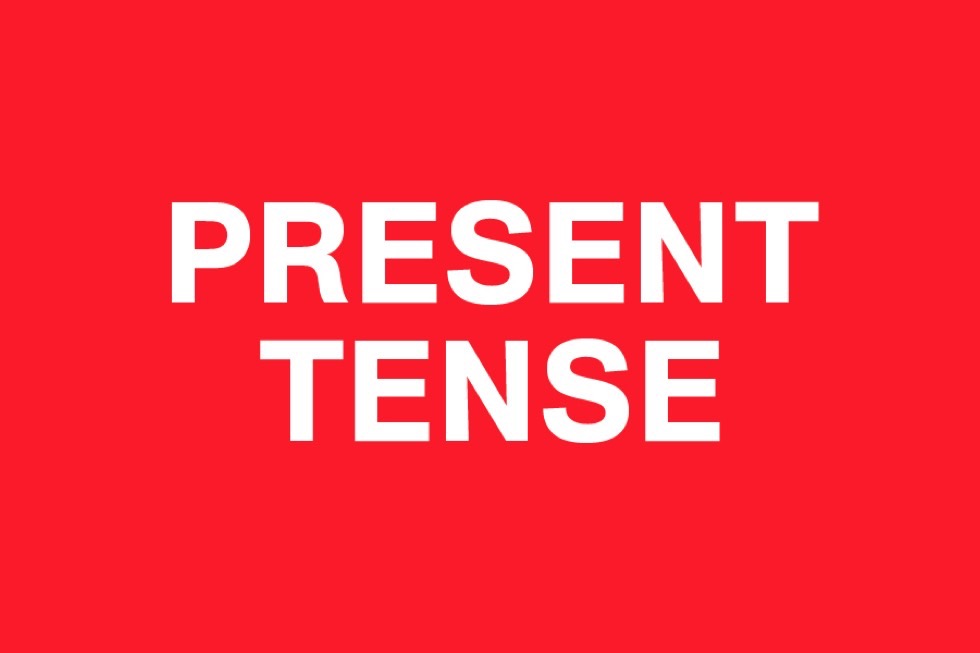
The Double Negative » NOW LIVE! Preorder Your Copy of Our New Book, Present Tense
The simple present is a verb tense with two main uses. We use the simple present tense when an action is happening right now, or when it happens regularly (or unceasingly, which is why it's sometimes called present indefinite). Depending on the person, the simple present tense is formed by using the root form or by adding s or es to the end.

Leccion Del Simple Past Tense En Ingles CLOUD HOT GIRL
The Present Simple tense is the most basic tense in English and uses the base form of the verb (except for the verb be ). The only change from the base is the addition of s for third person singular. How do we make the Present Simple tense? There are two basic structures for the Present Simple: 1. Positive sentences 2.

Present Tense English Languange Sang Pemimpi
A lesson introducing present simple tense. This lesson teaches how to form present simple and outlines when simple tense should be used.Activities included a.